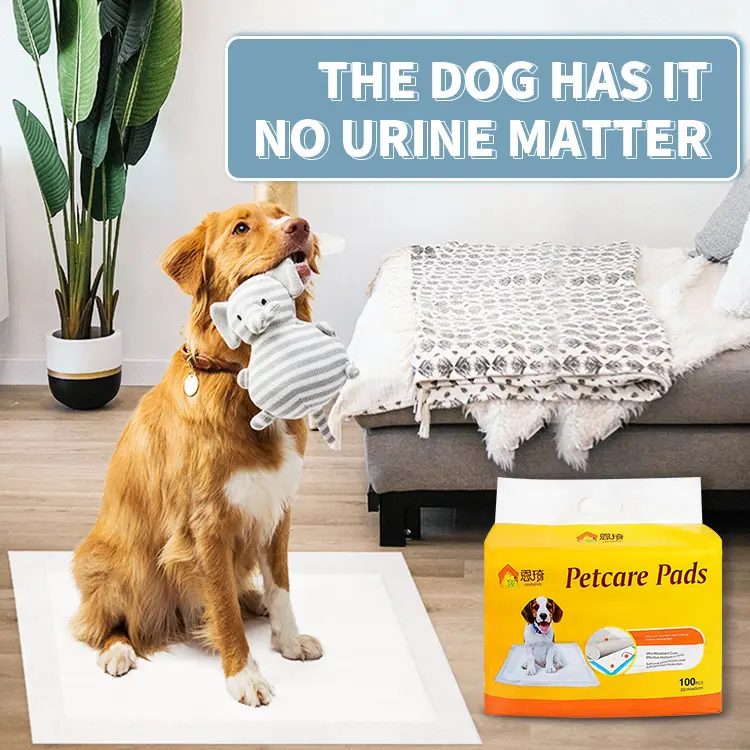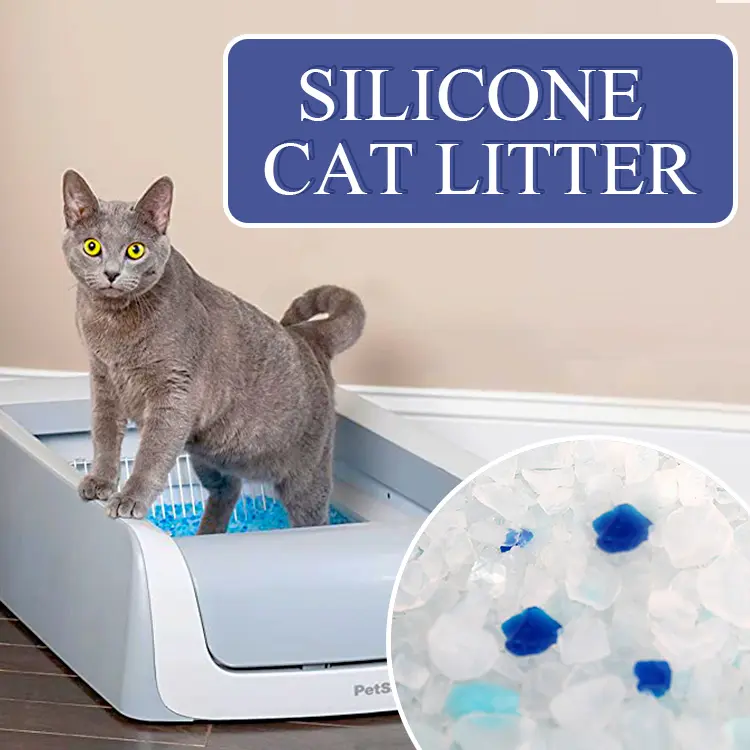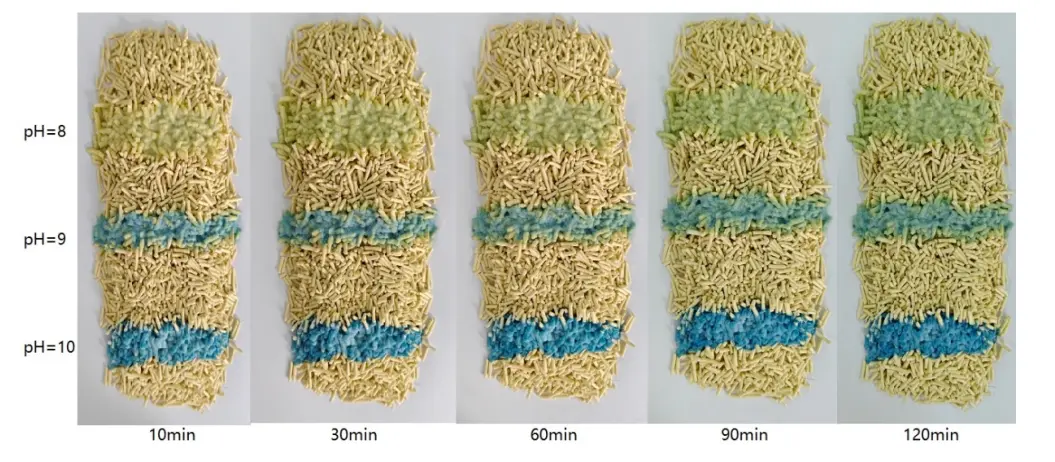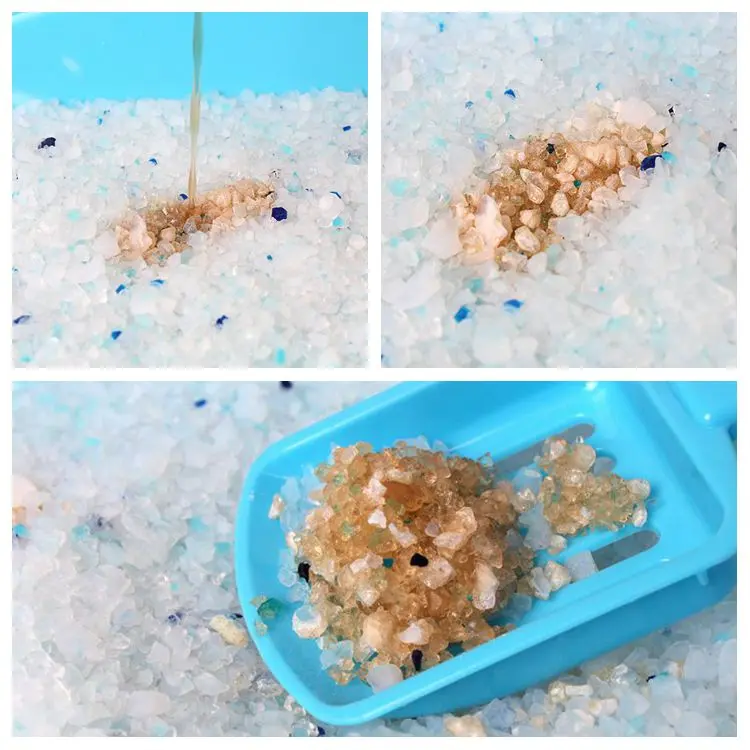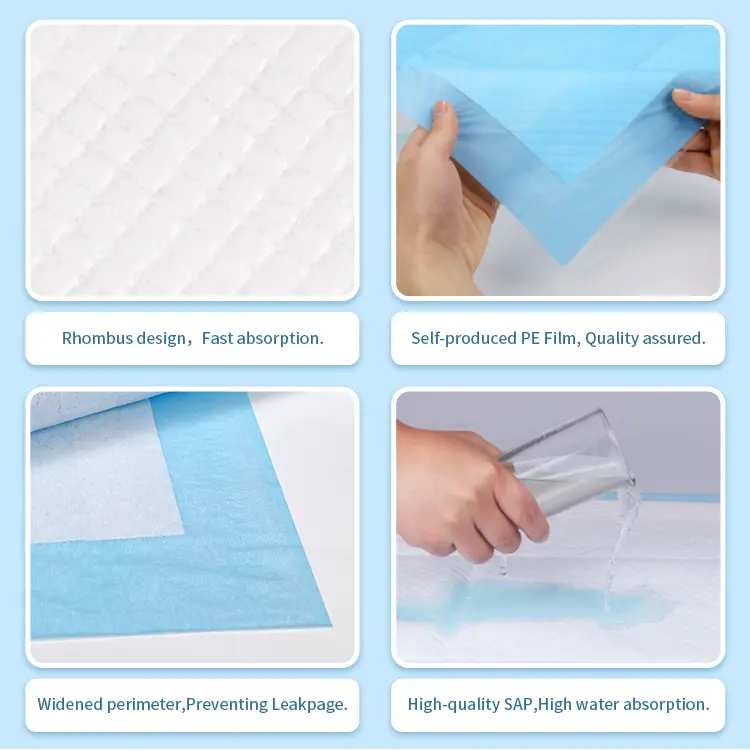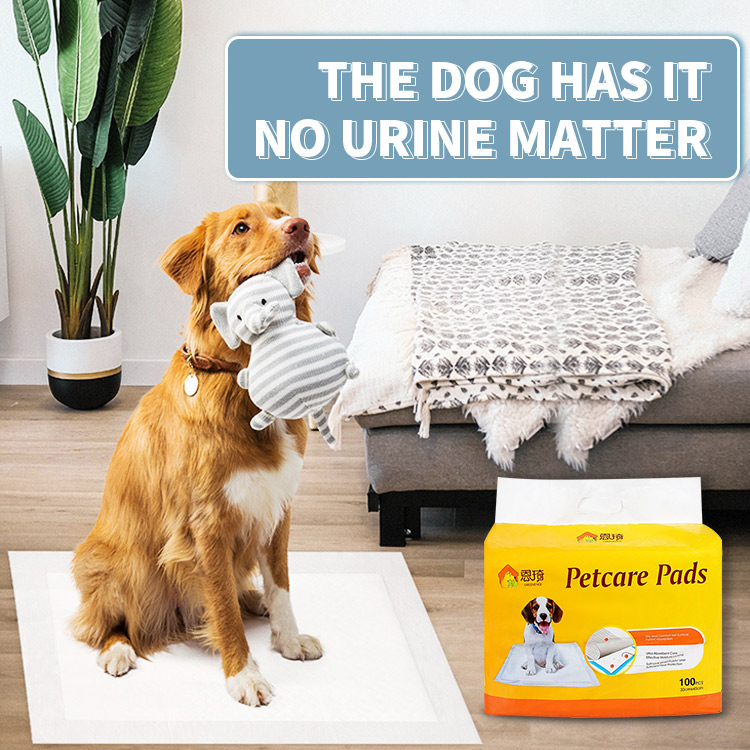Plastic Cat Litter Box
Cat litter boxes are an essential aspect of pet care, especially when it comes to indoor cats. Plastic cat litter boxes, in particular, have earned their place as one of the most preferred options due to their durability, cost-effectiveness, and versatility. With advancements in design and technology, today’s plastic litter boxes come with added features like odor control, easy-to-clean mechanisms, and even self-cleaning capabilities. In this guide, we’ll explore every aspect of plastic litter boxes, from the different types and features to emerging innovations in eco-friendly products, with expert tips on choosing the best one for your cat.
The Science of Cat Behavior and Litter Box Preferences
Understanding a cat’s behavior is crucial when selecting the right litter box. Cats are notoriously particular when it comes to their bathroom habits, and they can be easily turned off by the wrong type of litter box. A cat's litter box behavior is often driven by its instincts. For instance, in the wild, cats like to bury their waste to hide their scent from predators. This innate behavior influences their preferences for litter box size, shape, and location.
1. Size and Spaciousness
Cats typically prefer larger litter boxes that give them plenty of room to move around. If the box is too small, they might avoid using it altogether, which can result in accidents elsewhere in the house. Larger boxes allow your cat to dig, turn, and bury their waste without feeling cramped. This is especially important for larger breeds or multiple-cat households.
2. Location and Accessibility
Cats are creatures of habit and prefer litter boxes to be in quiet, low-traffic areas where they feel safe. When positioning a plastic litter box, make sure it's placed in an accessible but private area. Keep in mind that some cats prefer to use multiple boxes for different types of waste, so consider having more than one box in your home.
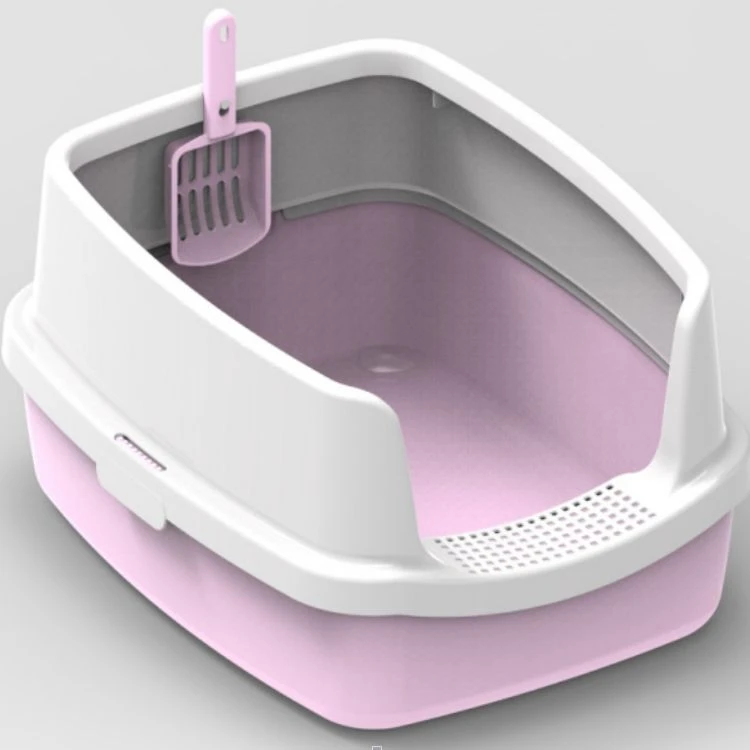
Popular Types of Cat Litter Boxes
1. Covered (Hooded) Litter Boxes vs. Open Litter Boxes
Covered Litter Boxes:
Advantages: Provides privacy for cats, reduces litter tracking, and helps with odor control.
Disadvantages: Some cats may feel trapped or avoid the box entirely due to the confined space.
Statistics: According to a survey by the American Pet Products Association (APPA), about 70% of cat owners use covered litter boxes for better odor management.
Open Litter Boxes:
Advantages: Easier access for cats, better ventilation, and more straightforward to clean.
Disadvantages: Litter can be kicked out more easily, and odor control may be less effective.
Statistics: Around 30% of pet owners prefer open litter boxes for cats that dislike confinement or have mobility issues.
2. Self-Cleaning Litter Boxes vs. Manual Litter Boxes
Self-Cleaning Litter Boxes:
Advantages: Automatically scoops waste, reducing the need for daily cleaning and improving hygiene.
Disadvantages: Can be expensive, mechanical malfunctions, and some cats may be startled by the noise.
Statistics: A 2019 report by Pet Age magazine showed that self-cleaning litter boxes are gaining popularity, with sales increasing by 15% year-over-year.
Manual Litter Boxes:
Advantages: More affordable and simple to maintain. They allow for better monitoring of your cat’s waste for health indicators.
Disadvantages: Requires regular manual scooping and can be more labor-intensive.
Statistics: Despite the rise of automated solutions, manual litter boxes still dominate the market, with over 75% of households using them according to the APPA.
3. Top-Entry Litter Boxes vs. Front-Entry Litter Boxes
Top-Entry Litter Boxes:
Advantages: Helps minimize litter tracking and keeps dogs or small children from accessing the box.
Disadvantages: Can be difficult for kittens, elderly cats, or cats with mobility issues to access.
Statistics: While still a niche option, top-entry boxes are gaining traction, particularly in urban areas, with 20% growth in sales in the last five years.
Front-Entry Litter Boxes:
Advantages: Easier access for most cats, particularly kittens or elderly cats with arthritis.
Disadvantages: Can result in more litter being tracked outside the box.
Statistics: Front-entry boxes remain the most common type, with 60% of cat owners opting for these due to ease of use.
4. Biodegradable vs. Plastic Litter Boxes
Biodegradable Litter Boxes:
Advantages: Eco-friendly, often made from recycled materials, and can be composted.
Disadvantages: May not be as durable as traditional plastic litter boxes.
Statistics: With the increasing focus on sustainability, biodegradable litter box sales have risen by 10% in the last two years, according to Pet Business magazine.
Plastic Litter Boxes:
Advantages: Durable, affordable, widely available, and easy to clean.
Disadvantages: Not environmentally friendly and may absorb odors over time if not maintained properly.
Statistics: Traditional plastic litter boxes still account for 80% of the market share due to their durability and affordability.
Hygiene and Cleanliness: Why Plastic is the Best Material
Plastic is the go-to material for most litter boxes for a reason. Beyond being lightweight and affordable, high-quality plastics used in cat litter boxes are designed to resist odors, scratches, and moisture. Unlike other materials, plastic does not absorb smells or stains easily, and when cleaned regularly, it maintains a fresh, hygienic environment for your cat.
1. Non-Stick Surfaces
Many modern plastic litter boxes are built with non-stick or anti-bacterial surfaces that make it easier to remove clumps of litter and waste. This reduces the chance of bacterial buildup, which can be harmful to your pet’s health and lead to unpleasant odors in your home. Some models are even treated with antimicrobial agents to prevent the growth of mold, mildew, and bacteria.
2. Resistant to Wear and Tear
Scratching is another factor to consider, as some cats may scratch the sides or bottom of the litter box after using it. Plastic boxes that are specifically designed to resist scratching can help prevent this, ensuring that the litter box lasts longer without showing significant wear.
The Rise of Eco-Friendly Plastic Cat Litter Boxes
With growing awareness of environmental sustainability, the pet care industry is increasingly offering eco-friendly alternatives. Plastic cat litter boxes, traditionally made from non-biodegradable materials, are now being designed with recycled and recyclable plastics. Many manufacturers are also incorporating biodegradable materials into their products, minimizing environmental impact.
1. Recycled Plastic
Recycled plastic litter boxes are an eco-friendly choice for environmentally conscious pet owners. By using recycled materials, manufacturers reduce the demand for new plastic production, lowering the carbon footprint associated with litter box production.
2. Biodegradable Plastic Alternatives
Some companies are now experimenting with biodegradable plastics that break down faster than traditional plastic. While these products are still relatively new to the market, they represent a positive shift toward reducing plastic waste in the pet care industry.
3. Pairing with Eco-Friendly Litter
In addition to the box itself, pairing it with eco-friendly cat litter like Duofu cat litter or corn cat litter, as produced by Green Pet Care Co., Ltd., can further reduce your environmental impact. These litters are biodegradable and made from renewable resources, making them a great alternative to traditional clay or silica-based options.
Plastic Litter Boxes: Customization and Special Features
As the market for plastic litter boxes grows, so too does the variety of features and customizations available. Modern plastic litter boxes come equipped with numerous features that enhance the convenience for pet owners and comfort for pets.
1. High-Sided Litter Boxes
Cats that tend to kick their litter around while burying waste can benefit from high-sided plastic litter boxes. These models have tall walls that contain litter, reducing the amount of litter that escapes the box and minimizing messes on your floor. High-sided boxes are particularly beneficial for multi-cat households or larger breeds like Maine Coons or Ragdolls.
2. Corner Litter Boxes
For homes with limited space, corner plastic litter boxes are an excellent solution. These boxes are designed to fit neatly into corners, maximizing floor space while still providing enough room for your cat to use the box comfortably.
3. Automatic and Self-Cleaning Litter Boxes
Although on the pricier side, self-cleaning plastic litter boxes are a game-changer for busy pet owners. These boxes automatically rake waste into a separate compartment after your cat uses it, reducing the need for daily scooping. While these models require an initial investment, they save time in the long run and help maintain a consistently clean litter box for your cat.
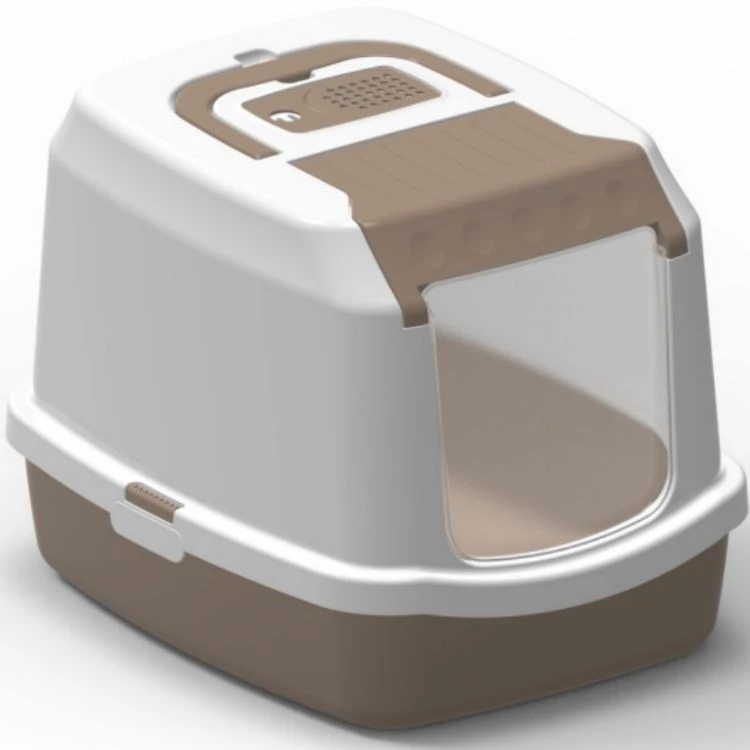
Maintaining a Clean Litter Box: Best Practices
Maintaining and cleaning your plastic cat litter box regularly is crucial to preventing odor buildup and ensuring your cat's hygiene. Even the most well-designed litter box can start to smell unpleasant if not cared for properly. Here are several tips and best practices to help you keep your cat’s litter box fresh and odor-free.
1. Use High-Quality Litter
Choosing a high-quality cat litter plays a significant role in odor control. Clumping litters like bentonite clay are particularly effective because they trap moisture and form solid clumps, making it easier to remove waste. Additionally, litters infused with odor-neutralizing agents like baking soda or activated charcoal help control unpleasant smells. Green Pet Care Co., Ltd.’s Duofu cat litter, for instance, offers excellent clumping and odor control properties, which reduces the frequency of cleaning needed.
2. Scoop the Box Daily
A simple yet effective way to prevent odors is by scooping the litter box daily. Removing both solid waste and clumped urine ensures that the litter remains clean and usable for your cat. Frequent scooping also prevents waste from breaking down and producing strong ammonia smells. Multi-cat households may require more frequent cleaning to keep odors at bay.
3. Regularly Wash the Litter Box
In addition to scooping, the entire plastic litter box should be washed at least once a week, or more often for multi-cat homes. Here’s how to properly clean a plastic litter box:
Empty the litter: Start by completely emptying the litter box of all litter.
Wash with soap and water: Use warm, soapy water to scrub the inside of the box, ensuring you remove any stuck-on litter or waste.
Avoid harsh chemicals: Don’t use bleach or ammonia-based cleaners, as the strong smell may deter your cat from using the box. Opt for mild, pet-safe cleaners instead.
Dry thoroughly: After washing, dry the box thoroughly before refilling it with fresh litter. A damp box can encourage the growth of mold and bacteria.
4. Replace Litter and Box Liners
Litter and box liners should be replaced regularly. Even with frequent scooping, litter becomes saturated over time, losing its ability to control odors. Typically, all the litter in the box should be replaced once every 1-2 weeks. Box liners, if you use them, should also be replaced during each full litter change to prevent bacteria buildup on the plastic surface.
5. Use Odor Control Products
For added freshness, consider using odor control products like litter deodorizers or sprays. These products are designed to neutralize bad smells without being too strong for your cat’s sensitive nose. You can also invest in a plastic litter box with built-in odor control features, such as carbon filters or antimicrobial surfaces.
Example
According to a study conducted by the American Society for the Prevention of Cruelty to Animals (ASPCA), regular cleaning of a cat’s litter box not only prevents odors but also encourages the cat to use the box consistently. Cats are known for being fastidious, and a dirty box may cause them to seek alternative places to eliminate, leading to accidents in the home.
Self-cleaning Plastic Cat Litter Boxes
Self-cleaning plastic cat litter boxes have revolutionized the way pet owners manage their cats’ waste. These innovative boxes reduce the time and effort required to keep a litter box clean by automatically separating waste from clean litter. For busy pet owners or those who dislike the daily task of scooping, a self-cleaning litter box may seem like the perfect solution. But how do these boxes work, and are they worth the investment?
How Self-Cleaning Litter Boxes Work
Self-cleaning plastic litter boxes generally operate in two different ways: mechanical and electronic.
Mechanical Self-Cleaning Litter Boxes: These boxes typically feature a rake or sifting mechanism that separates solid waste from the litter. After your cat uses the box, you can manually rotate a lever or handle that causes the rake to sift through the litter, moving clumps of waste into a separate compartment. Once the waste is trapped in the compartment, it can be easily removed and disposed of without having to touch or scoop it manually.
Electronic Self-Cleaning Litter Boxes: More advanced models use sensors to detect when a cat has used the litter box. After the cat leaves, the box automatically activates its cleaning mechanism, which usually involves a motorized rake that scoops the waste into a separate container. Some models even include additional features like odor control systems or Wi-Fi connectivity for remote monitoring.
Are They Worth the Investment?
Self-cleaning plastic litter boxes often come with a higher price tag than traditional litter boxes, ranging from $100 to $500 depending on the model and features. Whether they’re worth the investment depends on several factors:
Time-Saving Convenience: For pet owners with busy schedules, a self-cleaning litter box can be a game-changer. These boxes reduce the need for daily scooping, saving time and keeping the litter box clean with minimal effort. This can be especially valuable for multi-cat households, where litter boxes tend to fill up quickly. With an automated cleaning system, owners can go longer between box cleanings, making it easier to maintain a hygienic environment.
Hygiene and Odor Control: Because waste is immediately separated from the litter after each use, self-cleaning litter boxes help prevent odors from accumulating. Many models include carbon filters or sealed waste compartments, ensuring that odors don’t escape into the surrounding area. This is particularly beneficial in small homes or apartments where litter box odors can quickly become overwhelming.
Maintenance and Running Costs: While self-cleaning litter boxes offer convenience, they do require some maintenance. Electronic models need regular cleaning to ensure that the rake or sifting mechanism doesn’t get clogged. Additionally, some models require specific types of litter or liners, which can add to the overall cost. However, many pet owners find the reduction in daily maintenance well worth the added expense.
Examples of Popular Self-Cleaning Litter Boxes
One popular example is the Litter-Robot, an electronic self-cleaning box that features a rotating globe design. The waste is automatically deposited into a drawer after each use, making cleaning as simple as emptying the drawer every few days. Another example is the PetSafe ScoopFree, which uses disposable crystal litter trays that absorb moisture and eliminate odors. Both models have received positive reviews for their efficiency and ease of use.
Correctly Choose Plastic Cat Litter Box
In a multi-cat household, choosing the right litter box can be challenging. Cats are territorial creatures, and when sharing a home with other cats, they can become picky about their litter box situation. In many cases, if a cat feels uncomfortable or stressed due to a lack of space or cleanliness, they might refuse to use the box, leading to accidents around the house. To avoid this, it’s essential to find the right plastic litter box with features that cater to the needs of multiple cats.
1. Multiple Litter Boxes
One of the most important guidelines for multi-cat households is the “one litter box per cat, plus one” rule. This means that if you have two cats, you should have three litter boxes. Even if you choose the best plastic litter box on the market, it's crucial to provide enough space and options for each cat to feel comfortable. Cats often prefer to have their own designated box, and some may refuse to share with others.
2. Large and Spacious Designs
In a multi-cat household, litter boxes need to be large enough to accommodate frequent use. Larger plastic litter boxes are more suitable for multi-cat homes because they provide ample space for cats to move around, dig, and bury their waste. If the box is too small or cramped, some cats may feel stressed, leading to territorial disputes. A spacious box can also help reduce the need for constant cleaning, as there’s more room for litter to absorb waste.
3. High-Sided or Covered Boxes
Cats in multi-cat households often engage in territorial behaviors, such as kicking litter out of the box to mark their space. High-sided plastic litter boxes help contain the mess, reducing the amount of litter that gets tracked throughout the house. For added privacy and odor control, covered plastic litter boxes are another great option. Covered boxes provide a sense of security for cats, making them more likely to use the box.
4. Odor Control Features
With more cats using the same space, odor control becomes a critical factor. Look for plastic litter boxes that come with built-in odor control features, such as carbon filters or antimicrobial surfaces. These features help minimize the buildup of unpleasant smells, ensuring that the box stays fresher for longer. Additionally, using high-quality litter that clumps well and absorbs moisture, like the Duofu cat litter from Green Pet Care Co., Ltd., can greatly improve odor control in multi-cat households.
5. Durability and Ease of Cleaning
In a busy household, plastic litter boxes must be durable and easy to clean. Boxes made from high-quality plastic that resists scratching, staining, and odors will last longer and require less frequent replacement. For multi-cat households, it’s essential to clean the boxes regularly to prevent waste from accumulating. Choosing a litter box with smooth, non-stick surfaces can make the cleaning process quicker and more efficient.
Examples of Suitable Plastic Litter Boxes for Multi-Cat Households
One popular option for multi-cat homes is the Nature's Miracle High-Sided Litter Box, known for its spacious design and high sides that prevent litter from being kicked out. Another option is the Petmate Booda Dome Clean Step Litter Box, which offers privacy and a unique design that reduces tracking while controlling odors.
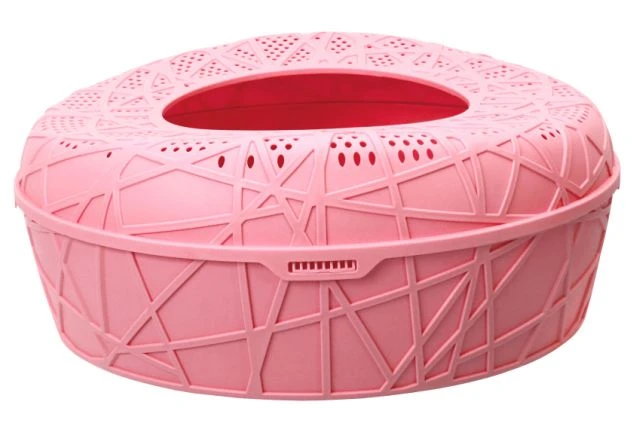
Green Pet Care Co., Ltd.: Your Partner in Pet Care
At Green Pet Care Co., Ltd., we pride ourselves on offering a wide range of premium pet products that prioritize both pet comfort and environmental responsibility. Founded in 2014, our company has been a trusted name in the pet care industry, supplying high-quality products to European, American, and Southeast Asian markets. Our commitment to quality and affordability ensures that every pet owner can provide the best for their furry companions.
Our plastic cat litter boxes are designed with both functionality and style in mind. Whether you need an open-top box, a covered model, or a space-saving corner box, we have a variety of options to suit every cat’s needs. All our litter boxes are made from durable, high-quality plastic that resists odors and is easy to clean.
In addition to our range of plastic litter boxes, we also offer eco-friendly cat litter products, including Duofu cat litter and corn cat litter, which have been recognized globally for their sustainability and effectiveness. By choosing Green Pet Care’s products, you’re not only providing the best for your pet but also contributing to a healthier planet.
With years of experience and a focus on customer satisfaction, Green Pet Care is your go-to source for reliable, affordable, and eco-friendly pet products. Join thousands of satisfied pet owners who trust us to keep their homes clean and their pets happy.
For more information, visit our website or contact our team today to learn more about our full range of products. Let Green Pet Care help you create the perfect environment for your beloved pets. Welcome to contact us.
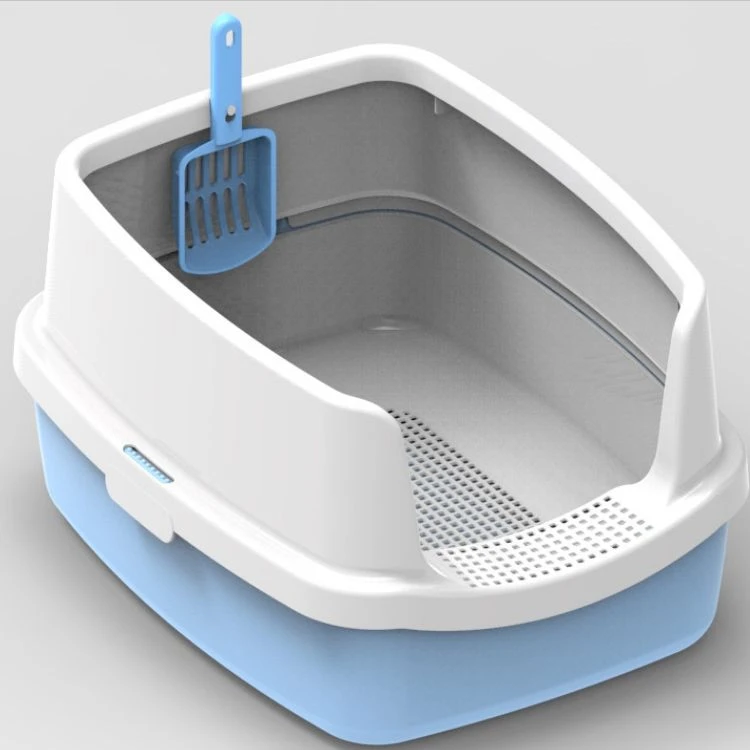
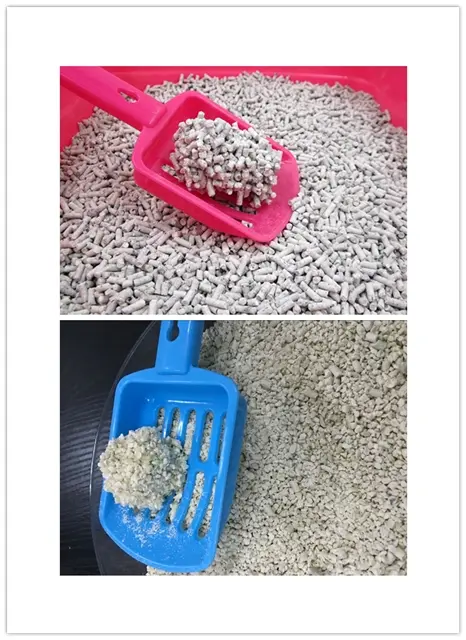


267.webp)
